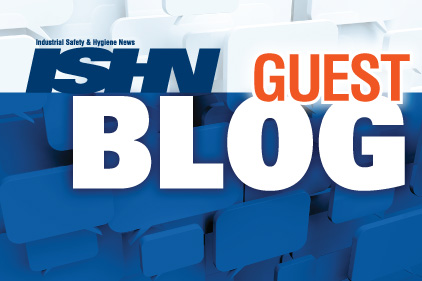 A fundamental right afforded by the Occupational Safety and Health Act is the right to report safety concerns without fear of reprisal or retribution of any kind. OSHA’s Whistleblower Protection Program was established to investigate alleged violations of this right. These facts and figures highlight recent efforts to promote and protect employee reporting rights:
A fundamental right afforded by the Occupational Safety and Health Act is the right to report safety concerns without fear of reprisal or retribution of any kind. OSHA’s Whistleblower Protection Program was established to investigate alleged violations of this right. These facts and figures highlight recent efforts to promote and protect employee reporting rights:
- 5 percent per year = Average annual increase in whistleblower complaints filed since 2005
- $14.8 million = Remedies secured for whistleblowers in Fiscal Year 2011
- 5,248 = Estimated number of whistleblower complaints OSHA will be asked to investigate in 2013
- 203 = Average number of days required to investigate OSH Act whistleblower complaints
My first thought after learning OSHA intended to decrease enforcement spending by $6.7 million and increase whistleblower program spending by $4.9 million: “OSHA finally realized they cannot be everywhere, all the time. They’re soliciting the help of people who are present when and where the work happens – ‘my’ workers. Genius!!”
OSHA’s Congressional Budget Justification for Fiscal Year 2013 places a slightly different spin on the agency’s approach. No matter how you spin it, it’s a good approach. The approach is about OSHA being more efficient and effective. It’s about OSHA achieving a couple of really important goals:
- Ensuring worker voice in the workplace.
- Breaking down barriers to fair and diverse workplaces so that every worker’s contribution is respected.
There are so many reasons why we should want vocal employees, not the least of which are their perspectives on emerging hazards and feasible solutions. There’s one thing about vocal employees: if we don’t listen and act, they might go to someone who will – namely, OSHA.
We shouldn’t try to prevent employees from contacting OSHA. Violating, or even appearing to violate, whistleblower statutes could mean a 203-day investigation. Ouch!
To increase chances employees will contact you before they contact OSHA, make reporting safe and worthwhile. This means actively listening and following through on employee observations.
UL understands the importance of supplying the knowledge needed to keep employees healthy, safe and on the job. Our workplace health and safety solutions help build a strong safety culture – supporting a proactive approach to managing incidents and injuries.
